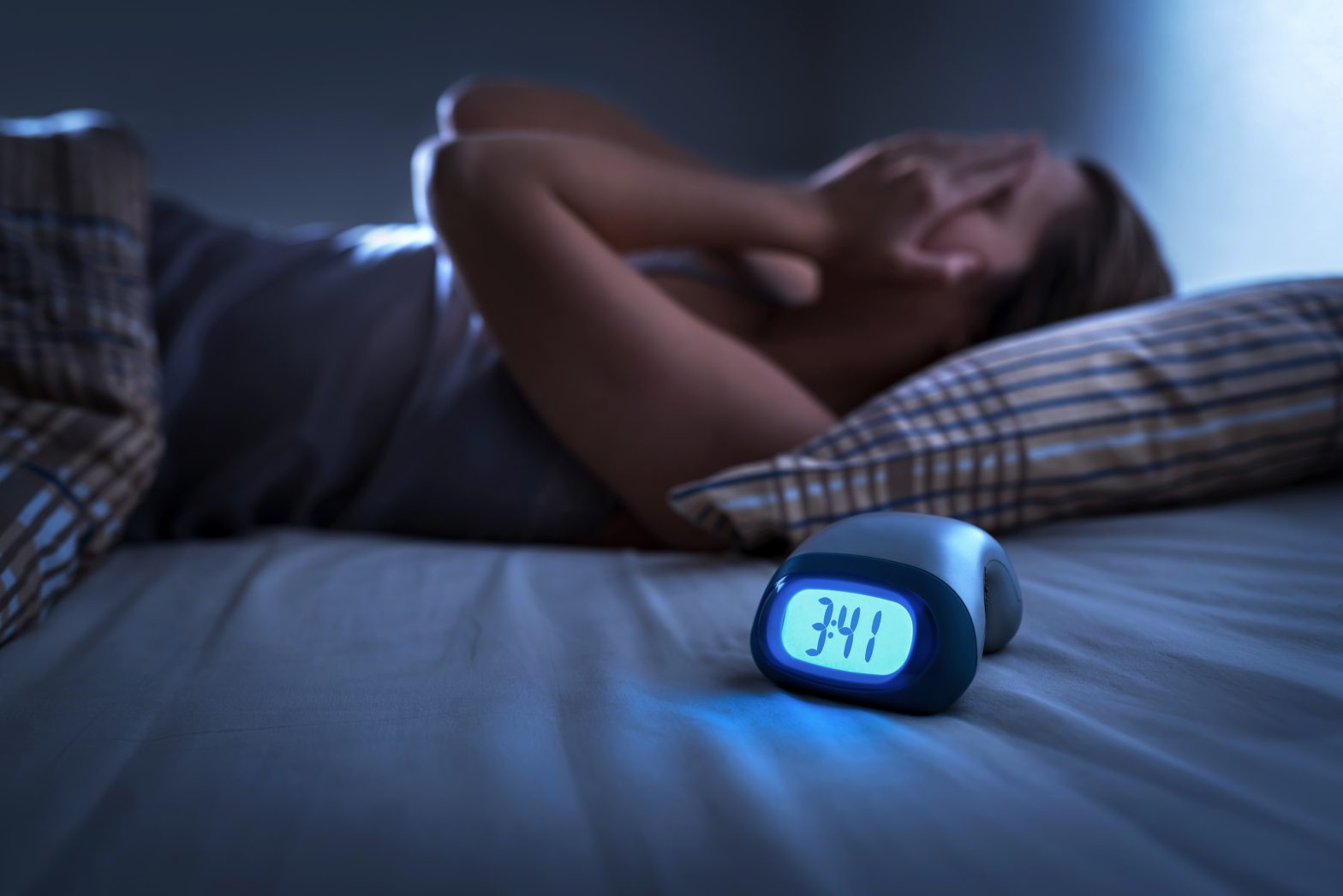Insomnia: What Is It and How Is It Treated?
Posted by Colleen Carney

If you have ever had difficulty falling asleep or staying asleep at night, you have experienced what we call: insomnia. Insomnia can be occasional or chronic. When insomnia is an occasional or temporary symptom, it is very common. However, when insomnia is chronic, it becomes a diagnosable disorder. Insomnia as a disorder is less common than insomnia as a symptom, but it still affects up to 20% of the population. This means that about 7.5 million Canadians suffer from insomnia disorder. Insomnia, whether it is a symptom or a disorder, can be frustrating when it occurs.
How do I know if I have insomnia disorder?
Insomnia disorder occurs when:
- You have had difficulty falling asleep and/or staying asleep for at least 3-4 days a week, despite adequate opportunity to sleep. In other words, the insomnia difficulty is frequent. It is “normal” to take between 10-30 minutes to fall asleep. It is also considered normal to spend up to 30 minutes awake during the night. If you are someone who takes longer than 30 minutes to fall asleep or you are awake more than 30 minutes during the night, this is considered greater wakefulness than most adults.
- Although some people take longer than 30 minutes to fall asleep or may be awake greater than 30 minutes at night, this may not cause any problems for the person. In such cases, we do not diagnose insomnia disorder. This is because the difficulties at night MUST be accompanied by difficulties during the day such as fatigue, problems with mood, trouble performing tasks at work and at home, or perhaps the daytime complaint is distress about having a chronic problem. In other words, an insomnia disorder diagnosis relies on more than just nighttime difficulties.
- Lastly, in addition to the difficulty falling asleep and/or staying asleep happening at least 3-4 days a week, the problem must have occurred for at least 3 months. In other words, the insomnia problem is chronic. Sadly, for many people, the insomnia disorder can persist for years before they receive help.
If you experience all of the above, it suggests you might have insomnia disorder but don’t worry, there are effective treatments available.
Does it matter if you have another health issue accompanying insomnia?
Insomnia can also be accompanied by other disorders, such as sleep apnea, cancer, chronic pain etc. as either a co-occurring disorder or an insomnia symptom. We used to think that insomnia occurring alongside other health problems was unrelated to the other health condition. However, decades of research have proven that to be false. Regardless of the other conditions/disorders, a person is facing, insomnia disorders can and should be treated separately.
How do we treat insomnia?
There are two main proven treatments for insomnia disorder. The first are approved sleep medications and the second is a treatment called cognitive behavioural therapy for insomnia (CBT-I). Approved, effective sleep medications in Canada include zopliclone or benzodiazepines such as temazepam. Your doctor will discuss the benefits and risks associated with these medications. These drugs have proven to be effective for some but there are risks associated with them, and they are not intended for long-term use. The frontline recommended treatment for insomnia is not a pill, but instead a program that leverages your sleep system via behaviour change, i.e., CBT-I.
What is CBT-I?
CBT-I is a treatment derived from research about what turns an occasional sleep problem into a chronic one. Although anything can cause insomnia as an occasional symptom (e.g., stress), there are several main factors that tend to turn an insomnia “symptom” into an insomnia “disorder”. CBT-I has tested which strategies can address the factors that create a chronic sleep problem. Some of these strategies include:
- Determining the optimal amount of time to spend in bed to increase the amount of deep sleep.
- Avoiding naps during treatment because they send the message to our bodies that deep sleep is not needed.
- Adopting a more regular schedule so that the body clock can provide stronger signals, helping us to fall asleep and wake up when we want.
- Getting out of bed when you are awake! Although the bed is usually a cue for us to become sleepy, if we repeatedly use the bed for awake activities, the bed becomes a signal for alertness.
- CBT-I may also encourage a relaxation practice or something as simple as protecting the hour before bed from alerting activities (e.g., answering emails, heated discussions, tackling a difficult project).
Getting help for insomnia
Tell your doctor or therapist if you are suffering from insomnia and discuss treatment options. In understanding the things that make insomnia chronic, it is important to understand that CBT-I does not “blame” the person for their insomnia. None of these factors caused the initial insomnia, these are factors that occur as a result of the insomnia. CBT-I uses effective strategies to address these factors in a very short time (usually one month or two). CBT-I can be done with a self-help book or you can talk to your doctor about seeing a CBT-I provider. For a list of Canadian CBT-I specialists click HERE.




